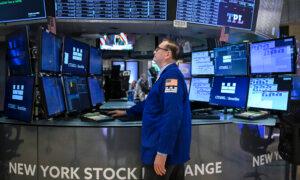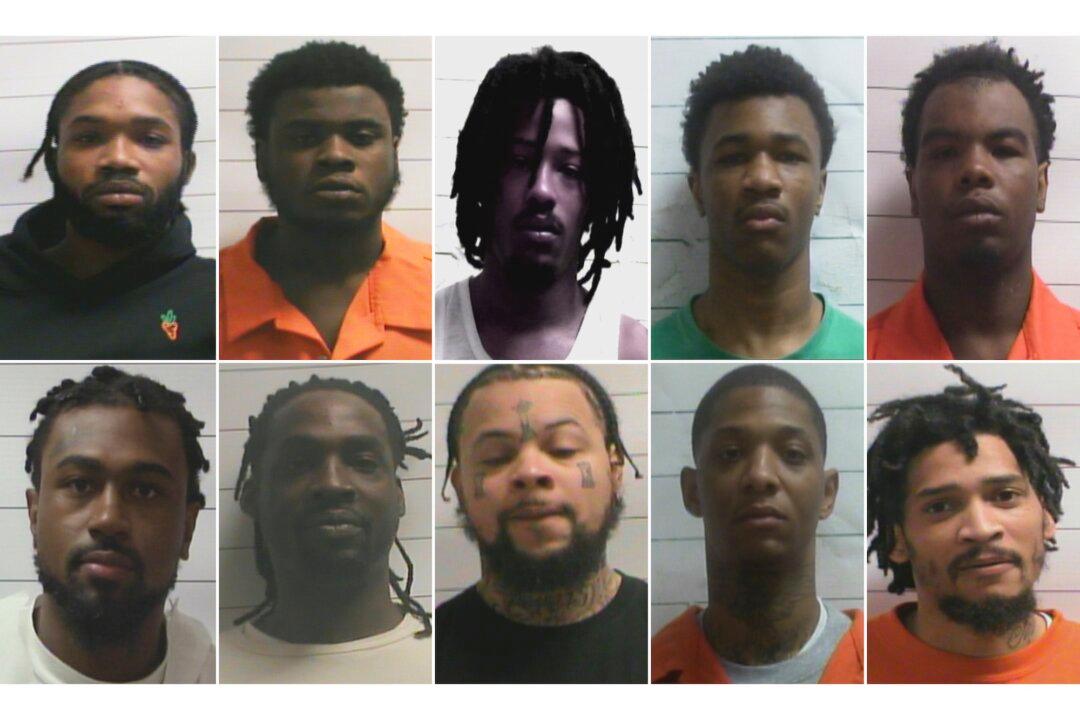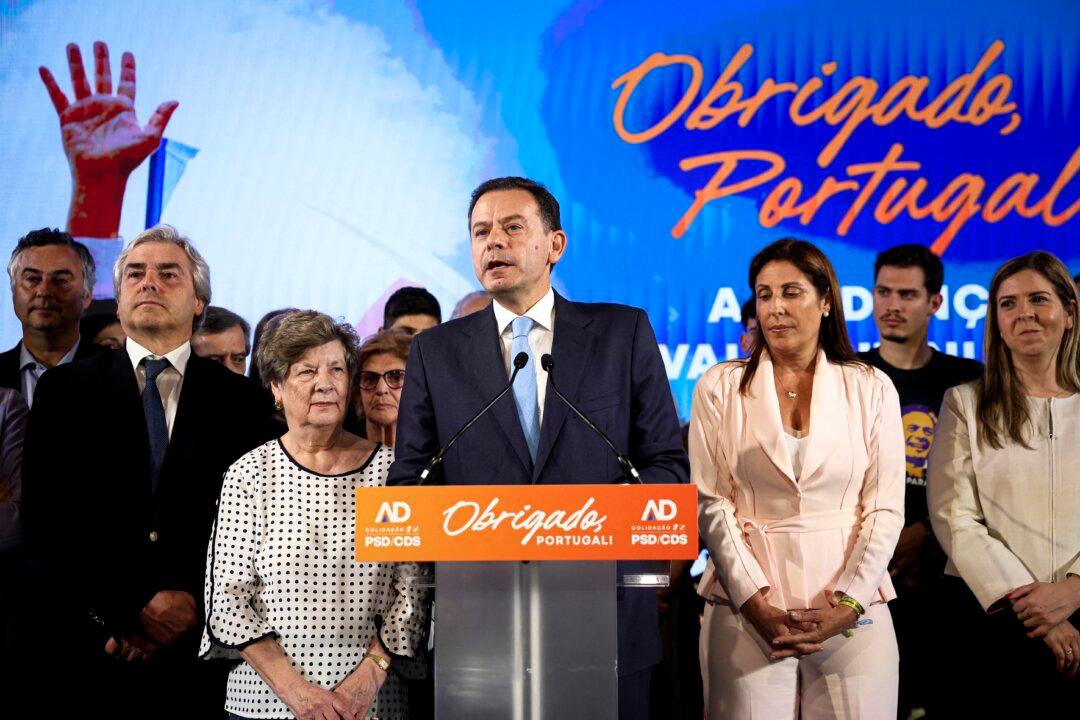Treasury Secretary Scott Bessent said on May 18 that reciprocal tariffs could return to the levels set by President Donald Trump on April 2 if trading partners don’t negotiate in good faith.
Speaking on NBC’s “Meet the Press,” Bessent said that the final tariff rate would depend on whether trading partners are willing to engage in good-faith negotiations on trade deals.
“Some countries were at 10 percent, some were substantially higher,” he said. “And the negotiating leverage that President Trump is talking about here is if you don’t want to negotiate, then it will spring back to the April 2 level.”
Those who fail to negotiate in good faith will receive a letter notifying them of the tariff they will face, Bessent said.
“This means that they’re not negotiating in good faith,” he added. “So I would expect that everyone would come and negotiate in good faith.”
Trade Talks
Several nations, including India and South Korea, have engaged in trade talks with the United States in recent months to avert Trump’s tariff hikes before the pause ends.“The deal includes billions of dollars of increased market access for American exports, especially in agriculture, dramatically increasing access for American beef, ethanol, and virtually all of the products produced by our great farmers,” he said at a press conference in the Oval Office on May 8.
Trump said the UK would be “fast-tracking American goods through their customs process” and that “there won’t be any red tape, things are going to move very quickly both ways.”
Under the deal, U.S. tariffs on British cars fall to 10 percent for the first 100,000 vehicles imported, and tariffs on steel are scrapped completely.
Indian External Affairs Minister S. Jaishankar has emphasized that any trade agreement with the United States must be “mutually beneficial” and serve the interests of both nations.
On May 12, Trump reduced the tariff on Chinese imports to 30 percent after reaching an agreement with China to pause their trade measures. In turn, China’s rate will be cut by 115 percentage points to 10 percent, and Beijing will lift its countermeasures.
Prior to the agreement, China responded to U.S. tariffs on it with tariffs of its own, causing a back-and-forth that resulted in U.S. tariffs on Chinese imports topping out at 145 percent.







